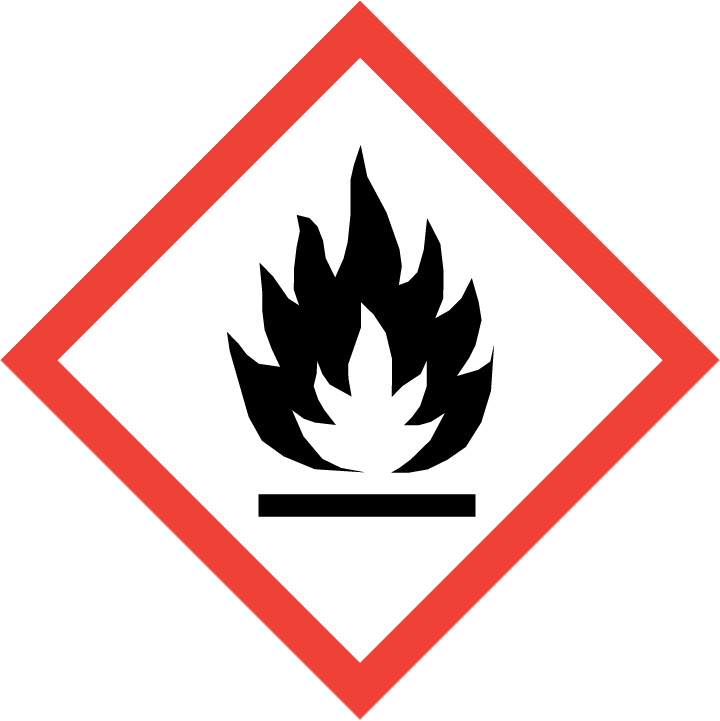| Chemical Name: | 3-(methoxymethyl)pyrrolidine |
| CAS Number: | 936940-38-4 |
| Product Number: | AG0036SW(AGN-PC-03XTXJ) |
| Synonyms: | |
| MDL No: | |
| Molecular Formula: | C6H13NO |
| Molecular Weight: | 115.1735 |


3-(Methoxymethyl)pyrrolidine is a valuable compound commonly utilized in chemical synthesis as a versatile building block. Its unique structure contains a pyrrolidine ring with a methoxymethyl functional group attached at the third position, offering a range of synthetic opportunities in various organic transformations.Firstly, 3-(Methoxymethyl)pyrrolidine is frequently employed as a protecting group for amines in organic synthesis. By selectively masking the amino functionality with the methoxymethyl group, chemists can prevent unwanted reactions or side reactions during the synthesis of complex molecules. This protective strategy enables the targeted modification of specific functional groups while maintaining the overall integrity of the molecule.Secondly, the presence of the methoxymethyl moiety in 3-(Methoxymethyl)pyrrolidine offers a handle for further derivatization. The ether linkage can be easily manipulated through cleavage or substitution reactions, allowing for the introduction of additional functionalities or structural modifications. This flexibility is particularly advantageous in the construction of pharmaceutical intermediates or natural product analogs, where precise control over the molecular architecture is essential.Lastly, 3-(Methoxymethyl)pyrrolidine serves as a valuable precursor for the synthesis of heterocyclic compounds and biologically active molecules. By incorporating this building block into synthetic pathways, chemists can access a diverse array of heterocyclic scaffolds with potential applications in drug discovery, materials science, and agrochemical development. The versatility and reactivity of 3-(Methoxymethyl)pyrrolidine make it a valuable asset in the toolkit of synthetic chemists seeking to access novel chemical space and functionalized structures.